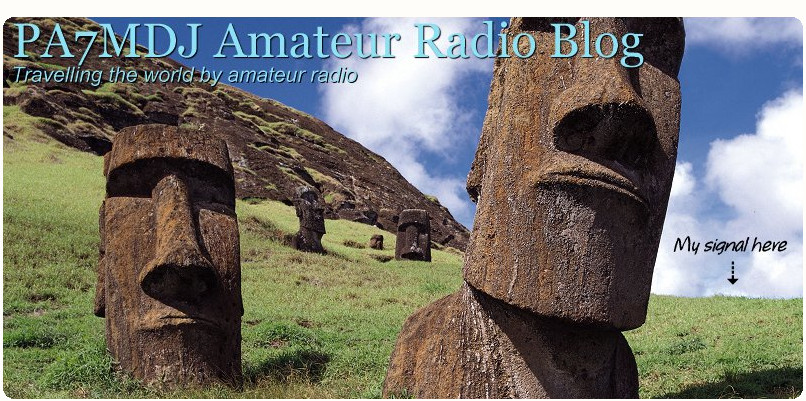On June 5th I wrote a blog post about the Canada C3 Expedition. Yesterday in Victoria, British Columbia, the epic 150-day expedition came to an end. The expedition ship "Polar Prince" had sailed 23,000 km from Canada's east to west coast via the infamous Northwest Passage in the Arctic.
For the complete duration of the Canada C3 voyage the Polar Prince could be tracked by radio amateurs by monitoring for the ship's WSPR beacon with callsign CG3EXP. At PA7MDJ over the summer many CG3EXP listening sessions were done. During the first legs of the voyage, the 200 mW CG3EXP WSPR beacons on 40m could be received relatively easily, and most nights around midnight UTC I could count on the CG3EXP callsign to show up in the decode window of my WSPR program at least a couple of times.
As expected, whilst the Polar Prince got more northerly and westerly spots became more seldom. Spots already became scarce when the ship had reached the northern part of Newfoundland. From this point on during listening sessions if I could get one or two spots I was lucky.
Nevertheless I managed to receive the CG3EXP beacons from various locations in the Arctic. The northern and westernmost location of the Polar Prince I managed to receive a WSPR beacon from was Pond Inlet, Nunavut at approximately 73ºN 78ºW in grid locator FQ02xq. And I'm still amazed! Receiving a 200 mW signal on 40m from this far into the Canadian Arctic with just a simple wire antenna! The fact that the antenna of the CG3EXP beacon was located aboard a ship surrounded by salt water must have been of huge benefit.
 |
| The Polar Prince at Bylot Island in the Canadian Arctic (photo from the Canada C3 Facebook page) |
 |
| Electronic QSL card received for my reception of the CG3EXP WSPR beacon from Pond Inlet. Electronic QSL cards can be requested by e-mail (see CG3EXP qrz.com page for more information) |
 | ||
| Pond Inlet, Nunavut (source) |
 |
| CG3EXP in Pond Inlet heard by PA7MDJ |





